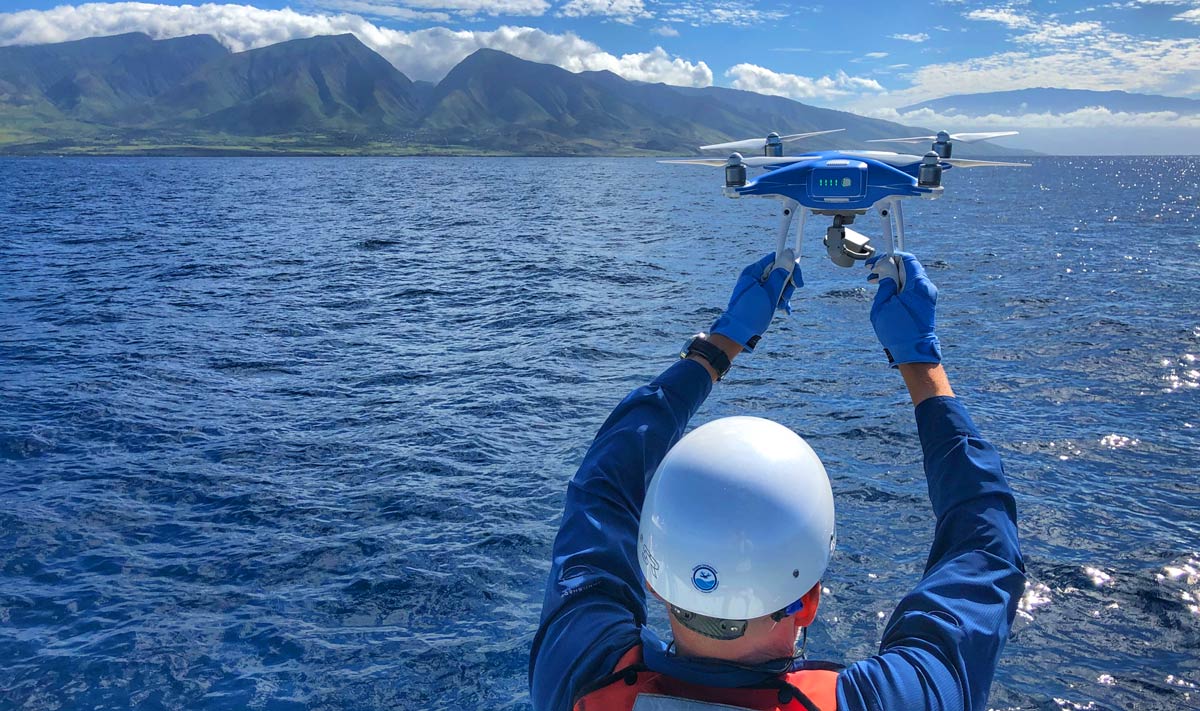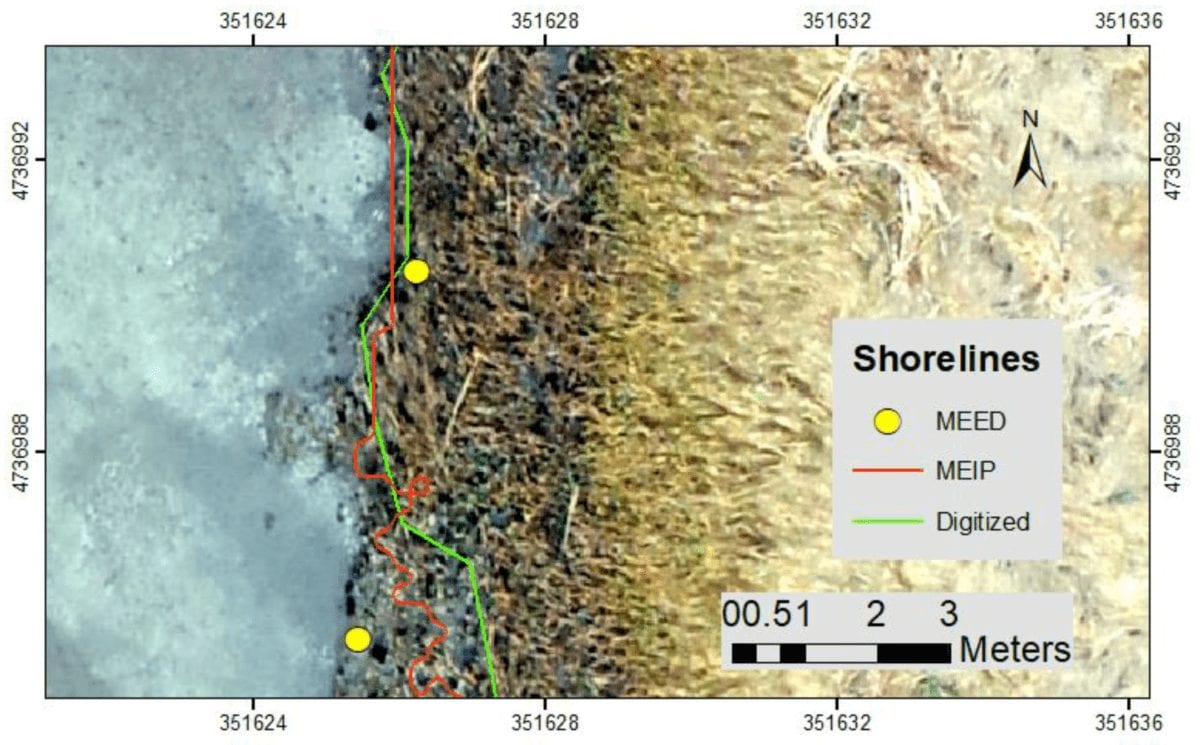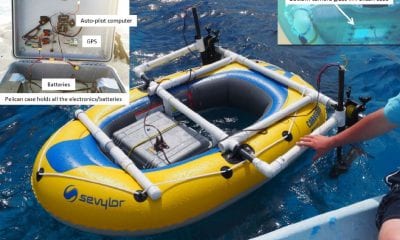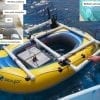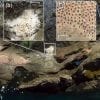Drones to Help Whales: Oceans Unmanned Launches freeFLY Drone Program
An exciting new initiative will hopefully help the survival of whales entangled in netting in Hawaiian waters.
By using small drones researchers aim to provide aerial support for large whale entanglement response efforts off the island of Maui, Hawaii.
In a partnership between Oceans Unmanned, Inc., National Oceanic and Atmospheric Administration ( NOAA) and Hawaiian Islands Humpback Whale National Marine Sanctuary (HIHWNMS) this freeFLY initiative will use DJI and DARTdrones.
Oceans Unmanned says the freeFLY program will provide a training, equipment and management oversight for a network of Maui-based volunteer drone operators who are eager to support the initiative.
The Hawaiian Islands Entanglement Response Network, is led by HIHWNMS and they aim to safely free endangered humpback whales and other marine animals from life-threatening entanglements. They also hope the project will reveal valuable information which will help avoid and reduce future entanglement issues.
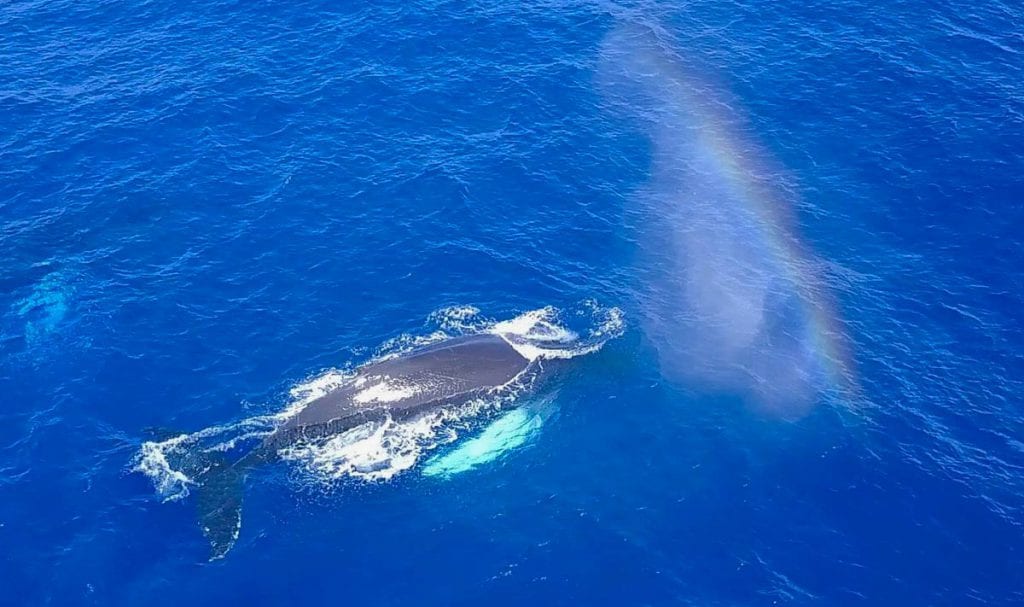
A humpback whale breaching | Oceans Unmanned
Chinese company DJI, a world leader in civilian, easy-to-fly drones and aerial imaging technology, is donating Phantom 4 Pro systems and accessories towards the program; DARTdrones, the U.S leader in drone training and consulting services, has provided online Part 107 Remote Pilot Certificate test preparation classes for experienced candidates to become FAA compliant as required.
Oceans Unmanned, Inc. is a non-profit organization that’ facilitates the use of unmanned technologies and promotes their safe and environmentally conscious operation to protect the ocean and coastal marine environment’.
Ocean Unmanned say the drones will be launched from vessels and they hope the addition of aerial imagery from the ‘on-scene’ drones will provide responders with better information on each individual situation and also enhance the safety of both the animal and responder in such potentially dangerous scenarios.
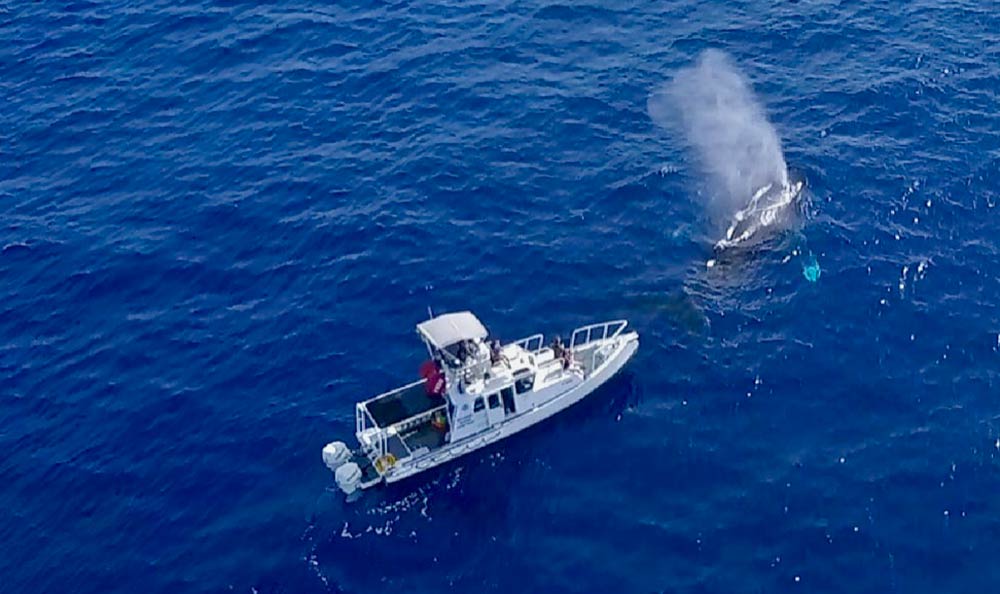
Humpback whale research vessel | Oceans Unmanned
Ed Lyman, NOAA’s large-whale entanglement response coordinator says cutting free a 45-foot, 40-ton free-swimming animal is no easy task and it can be dangerous.
He believes drones could well play an important role in reducing the risks involved in this type of endeavour. “Cutting free a 45-foot, 40-ton free swimming animal is not an easy task; it can be dangerous. Drones may likely play an important role as they are a valuable tool toward reducing the risks involved in this type of effort,” said Lyman. “As a public reminder, it is important to understand that response to entangled whales involving a close approach (less than 100 yards) may only be attempted by persons authorized under permit by NOAA Fisheries Marine Mammal Health and Stranding Response Program.”
Brian Taggart, chief pilot for Oceans Unmanned cautioned that the drones must be used in an appropriate way. “While these off-the-shelf systems can be relatively easy to fly while on land, operating off a small boat and providing the responders the imagery they need in a timely manner can be challenging,” he said.
But he adds that the freeFLY program should ensure all operators are well-trained and equipped and are operating at the highest level of safety and professionalism in order to meet the requirements desired under the NOAA permit.
To date under the freeFLY program three local volunteer operators have already achieved certification and will support response efforts through to the end of the current whale season; additional training is on the cards in the autumn.
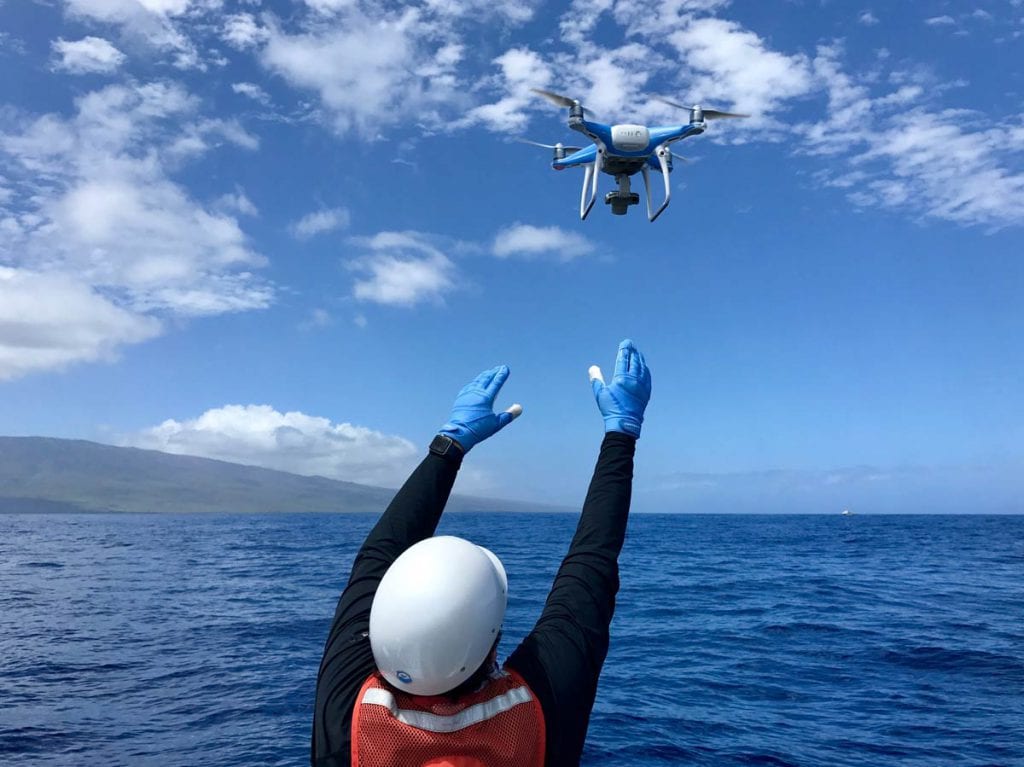
Source: NOAA
NOAA’s HIHWNMS was established in 1992 to protect humpback whales and their habitat in Hawaii; the sanctuary emphasizes research, education and community-based resource protection in a diverse set of conservation programs across the state.
Importantly the general public is reminded that response to entangled whales involving a close approach (less than 100 yards) may only be attempted by persons authorized under permit by NOAA Fisheries Marine Mammal Health and Stranding Response Program.
NOAA’s Hawaiian Islands Humpback Whale National Marine Sanctuary was established in 1992 to protect humpback whales and their habitat in Hawaii. The sanctuary emphasizes research, education and community-based resource protection in a diverse set of conservation programs across the state.

